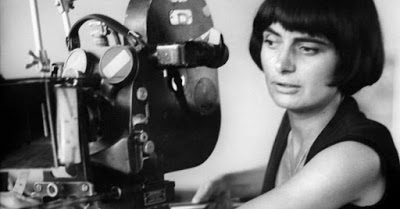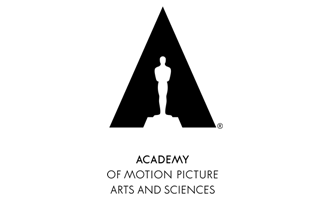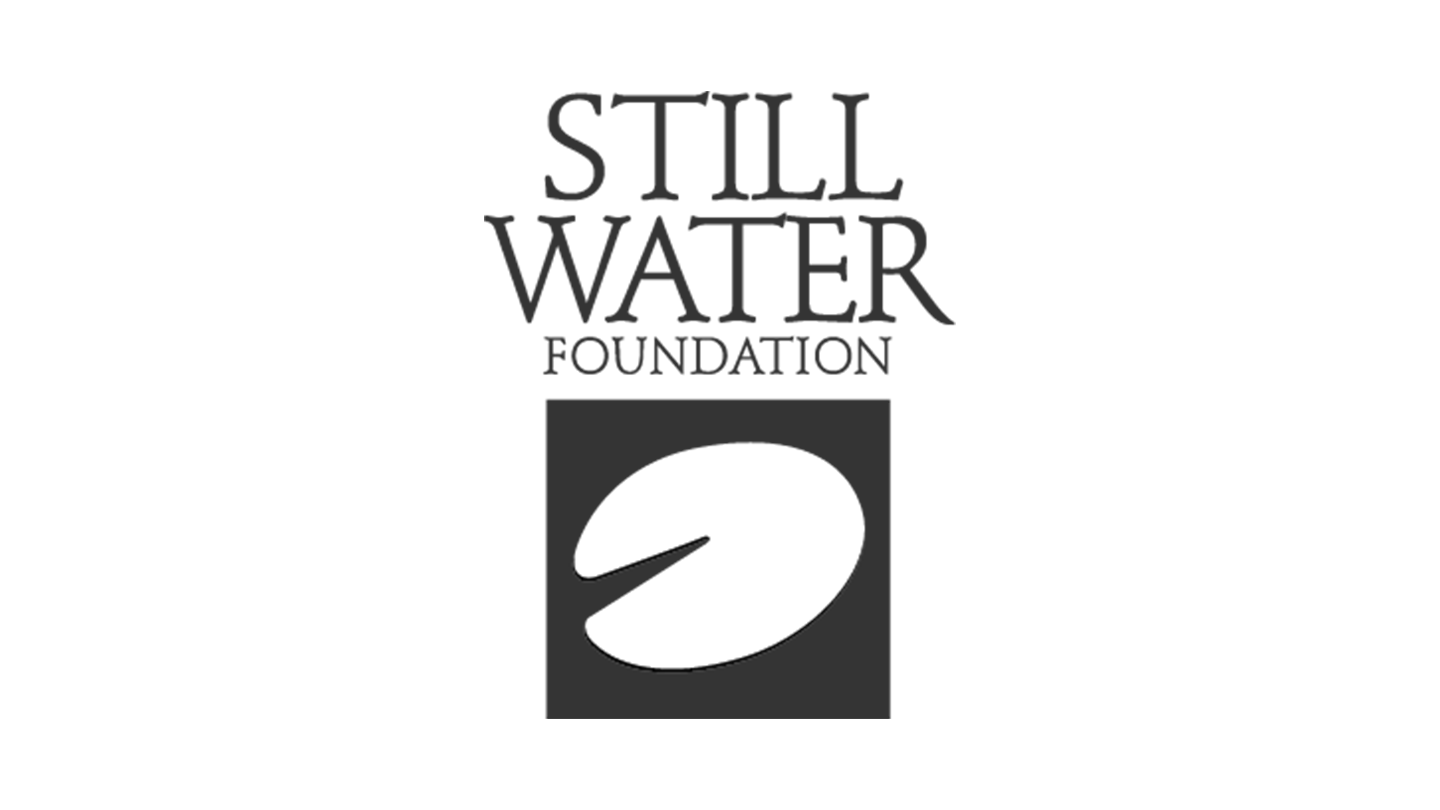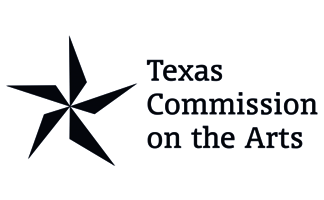Agnès Varda Wants You to Watch Her Movies (and Jacques Démy’s, Too)

Here’s AFS Head of Film & Creative Media Holly Herrick on the Agnès Varda Essential Cinema series running through February. By popular demand we have added additional FACES PLACES screenings starting Friday February 2.
It is the year of Agnès (again). After completing her brilliant new documentary, FACES, PLACES, the nearly 90-year-old filmmaker seems unstoppable—premiering her new film at festivals internationally, accepting one honorary Oscar and while also landing a nomination for Best Documentary, and attending retrospectives of her work around the world. We had the opportunity to chat with Agnès during her most recent visit to Premiers Plans Festival d’Angers, where she had an important message to send to her Austin fans:
We could write a novel about our love of Agnès Varda. She is a singular artist always ahead of her time by a mile. We had to narrow this series selection to five films, but each of these offers a jumping off point to the discovery of other work. Here are the big ideas behind each movie we’re showing this month.
LA POINTE COURTE (1955) – Camera eye, cinema eye
Screening February 8 & 13
When LA POINTE COURTE premiered at Cannes in 1955, Varda had her very first interactions with the film world. She had never been to a festival before, had seen very few films, and had limited exposure to cinephilia. Varda discovered filmmaking through artistic exploration that stemmed from still images. A photographer first, she began experimenting with moving images to create a portrait of Pointe Courte in Sète, a fishing village on the Mediterranean coast where she had lived during her adolescence. Varda spent months observing the town, and how the townspeople moved through it. Those observations and Varda’s trained camera eye, along with a light storyline borrowed from a Faulkner novel, became LA POINTE COURTE. Varda’s imagination was instinctively cinematic. The images in the film are almost like renaissance portraits, conveying the relationship dynamics and the cultural detail that are story’s fabric. Varda’s very direct replacement of her own eye with a camera, and the deeply personal and humanist point of departure of each of her films, is present here.
CLÉO FROM 5 TO 7 (1962) – a person and a place in time
Screening February 1 & 4
After growing up in Belgium and spending her teenage years in the small French village of Sète, Agnès Varda went to Paris to study, ending at the École des Beaux Arts in Paris to work on her photography. Paris, which was bursting with art, youth, activity, motion and political discontent, became the new focus of her camera eye. It was the first time Varda would make a film at home, and the film reflected the images that she would see every day, the outdoor locations were on her regular route, and the cineastes that were shaping her and Jacques Démy’s Paris (for example, the cameo appearances of Jean-Luc Godard and Anna Karina). Varda places the Cléo character, the famous beauty facing her own mortality, at the center of a world that Varda had observed deeply. The radical gesture here is Cléo coming into herself and beginning to see that world, once she learns to look beyond the image of herself in the mirror. As Varda commented at a recent AFI retrospective in speaking about Cléo: “Women become real when they stop looking at themselves, and start looking at other people.”
VAGABOND (1985) – the female protagonist
Screening February 15 & 18
CLÉO was an absolutely feminist narrative, but VAGABOND (titled in French SANS TOIT NI LOI / WITHOUT ROOF OR RULE) would allow Varda to stretch her imagination about gender paradigms and female personhood. Casting the established young actress and beauty Sandrine Bonnaire against type, Varda created Mona, a woman who shuns every expectation of femininity—an anti-domestic rambler who is wild at the core. To place Mona’s lifeless body in the frame at the outset of the film, Varda challenges every conceit of women on camera while creating an explosive female-centered narrative. By telling Mona’s story, Varda is suggesting that there is every possibility in the world when a woman is inside of the frame.
FACES, PLACES (2017) – A cinematic life
Starting Friday, February 2 with a special Member Discount screening on February 22
FACES, PLACES has to be the greatest tribute an artist has made to her own life and work. Because Varda doesn’t slow, the film is not about looking back, but the forward momentum of creation. Varda glides from one town to another, her latest collaborator JR in tow, to meet new people and make new images, confronting her past in unexpected places along the way. Varda continues a frequent theme of her work here, addressing her own mortality, now from the perspective of her career’s end. Even in what is likely a farewell film, the artistic work takes another leap forward in ambition and insight. Fans may find that each new Agnès Varda film that they discover becomes more beloved than the last—with each work, a new window into one of cinema’s most extraordinary imaginations.
Sources:
Portrait of a Vagabond by Lynn Littman, IDA Journal, January 2003.
AFI: Agnes and “Cleo”, Anne Marie Kelly. The Film Experience, November 2013.












